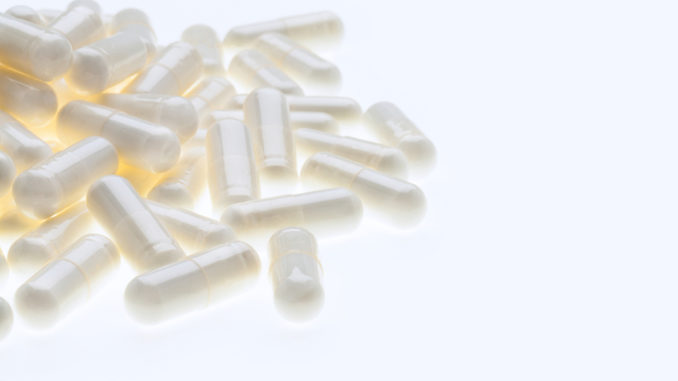
Probiotics are increasingly being researched and marketed as functional ingredients to enhance health. As the market for these products grows, consumers face difficulty in distinguishing between high- and low-quality products. In the current context, is it possible to have certainty about which strains of probiotics are in a given product and at what quantities, and to be confident that product manufacturing adheres to high quality standards?
With the aim of bringing consumers certainty about what’s in their probiotic product, an expert opinion paper was recently published in the journal Frontiers in Microbiology that provides recommendations to the probiotics industry on standards and ways to communicate quality to end-users.
The review paper is by 10 authors, members of an expert panel convened by the US Pharmacopeia (USP), representing private and public research bodies: the National Institute of Standards and Technology, the US Pharmacopeial Convention, the International Scientific Association for Probiotics and Prebiotics (ISAPP), and several major probiotic manufacturers. The authors recommend companies producing probiotics undergo third-party evaluations to certify probiotic quality and label accuracy, and establish validated methodologies for all aspects of quality assessment.
The authors stress that one of the biggest concerns from consumers and physicians at the moment is whether they can trust that probiotic products are accurately labelled.
“Various published assessments of probiotics have found that some commercial probiotic products fall short of what they declare on the label,”
says study co-author and ISAPP Executive Science Officer, Mary Ellen Sanders.
“Although regulatory standards exist, enforcement is uneven and is understandably focused on safety concerns rather than accuracy in labeling. But it’s important for consumers and healthcare professionals to have certainty about what’s in a probiotic product that they intend to use for a specific purpose.”
To address these concerns, the panel suggests companies can show they value transparency by willingly undergoing unbiased third-party certification. The paper describes the steps necessary for setting up such a certification; these include the development of methods and standards for identity and purity, which can be aided by recent scientific advancements: whole genome sequencing and PCR-based identification techniques, as well as quantification of live cells at the end of shelf life.
The authors specifically highlight a 7-step process, which is used by already-established certification bodies, that manufacturers would undergo in order to be certified. The process would require documentation of facility statistics, a Standard Operating Procedures Index, an Analytical Methods Index, a Quality Manual Index, a Hazard Analysis and a Critical Control Point Plan, as well as Allergen Control Plans. Consumers could then look for a logo or seal that assures them the company has taken these measures.
The panel also calls for publicly available quality standards and methods: a list of tests, test methods, and acceptance criteria that would provide specifications that define identity, purity, content (strength/composition), and quality in terms of performance or other attributes of the probiotic product. Labels would require genus and species names, with strain designations for all strains present, along with quantities of each, a use-by date, storage instructions, and company contact information. The panel noted that any statements of probiotic benefits–while not mandatory–must be supported by a human study showing benefit at the dose delivered in the product.
“Consumers are becoming better educated on probiotics and their benefits. Providing them with transparency is critical,”
says Sanders.
“We believe it’s time for industry to voluntarily improve transparency on probiotic product quality, even in the absence of regulatory requirements to do so.”
Source: INTERNATIONAL SCIENTIFIC ASSOCIATION FOR PROBIOTICS AND PREBIOTICS

